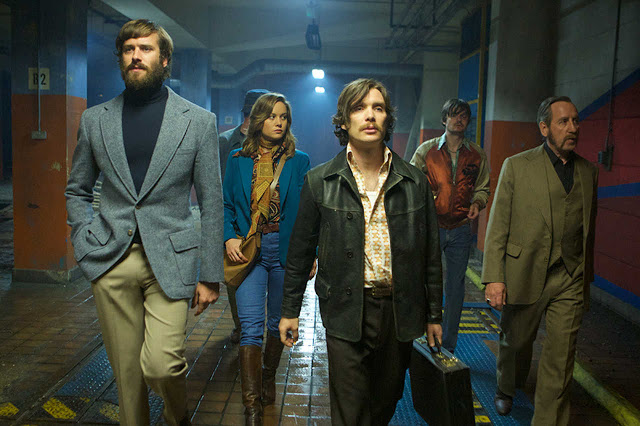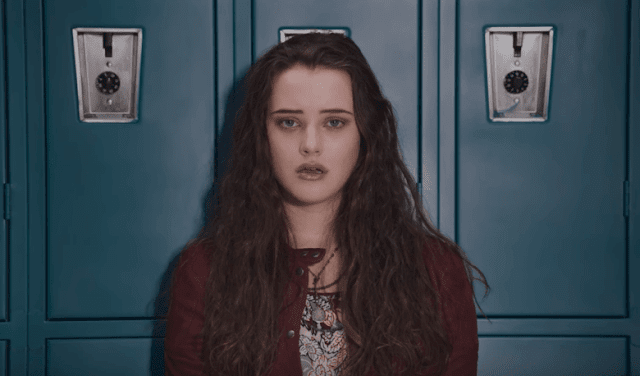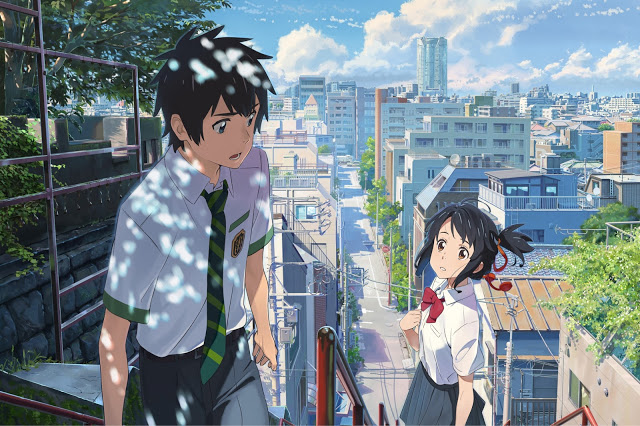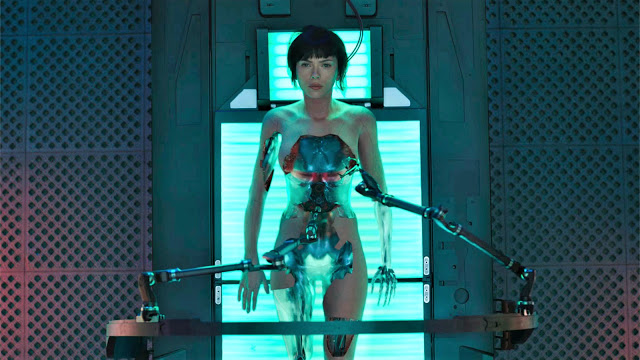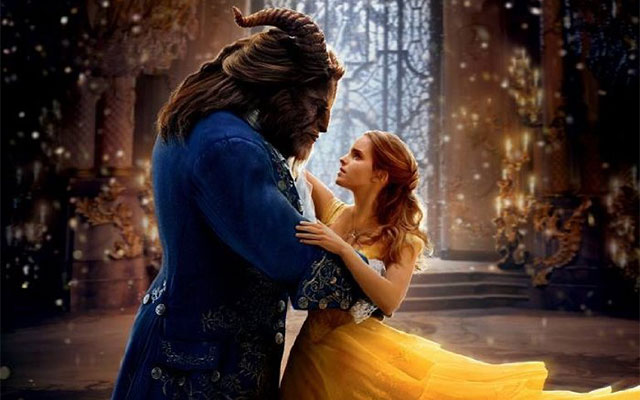Free Fire: Shots Squeezed Off, Insults Catapulted
Near the end of David Mamet’s Heist, two rival criminal factions engage in a shootout on a pier. It’s a fairly unremarkable scene, except that standing in the crossfire is Bergman, an irascible fence played by Danny DeVito. As the bullets whiz past him, Bergman transforms from a tough-talking hoodlum into a conciliatory wimp, yelping in protest, “Put the fucking guns down, let’s just talk!” Free Fire, the latest whatsit from the English auteur/weirdo Ben Wheatley, essentially extends this bit of off-kilter gunplay to feature length. It assembles a motley crew of hooligans, junkies, and reprobates, then sets them loose on one another in a display of inept savagery that’s more pitiful than lethal.
That phrase might also describe Wheatley’s prior films, which have relied on showy extremism to enliven themes and narratives that are fundamentally banal. These include Kill List, a glum study of blue-collar ennui that morphed into a grisly and tasteless horror movie, and High-Rise, an initially fascinating but ultimately unwatchable satire that squandered a terrific cast in favor of incoherent montage. (I haven’t seen A Field in England, but Variety assessed it as combining “imagination-teasing ingenuity” with “a startling lapse in basic storytelling competence”, which seems to fit.) Qualitatively, Free Fire represents a dramatic improvement for Wheatley, but what’s most interesting is how he’s improved. No longer straining to confound audiences with his avant-garde brilliance, Wheatley has instead chosen to wield his gifts for the old-fashioned virtue of entertainment. Free Fire has little heart and even less depth, but compared to the arduous nature of Wheatley’s past works, its breezy emptiness is oddly refreshing. Read More

